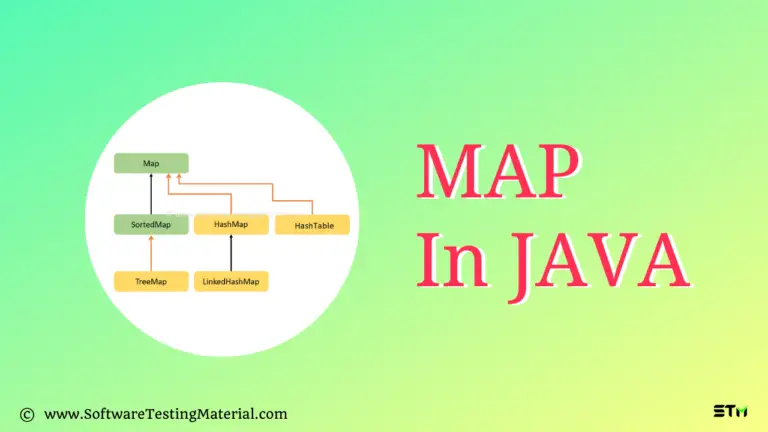Abstraction in Java
Abstraction in Java is a methodology of hiding the implementation of internal details and showing the functionality to the users.
Example: Mobile Phone.
A layman who is using mobile phone doesn’t know how it works internally but he can make phone calls.
Abstraction in Java is achieved using abstract classes and interfaces. Let’s see what is Abstract Class and Interface in detail.
Abstract Class:
We can easily identify whether a class is an abstract class or not. A class which contains abstract keyword in its declaration then it is an Abstract Class.
Syntax:
abstract class <class-name>{}
Points to remember:
1. Abstract classes may or may not include abstract methods
2. If a class is declared abstract then it cannot be instantiated.
3. If a class has abstract method then we have to declare the class as abstract class
4. When an abstract class is subclassed, the subclass usually provides implementations for all of the abstract methods in its parent class. However, if it does not, then the subclass must also be declared abstract.
Abstract Method:
An abstract method is a method that is declared without an implementation (without braces, and followed by a semicolon), like this:
abstract void myMethod();
In order to use an abstract method, you need to override that method in sub class.
Let’s see an example:
To create an abstract class, just use the abstract keyword before the class keyword, in the class declaration.
package abstractClass;
// Here class is abstract
public abstract class AbstractSuperClass {
// myMethod() is an abstract method
abstract void myMethod();
}
Let’s try to instantiate the AbstractSuperClass class in the following way
package abstractClass;
public class AbstractChildOneClass{
public static void main (String [] args){
AbstractSuperClass obj = new AbstractSuperClass();
obj.myMethod();
}
}
When you compile the above class, the output will be as follows
Output:
Exception in thread "main" java.lang.Error: Unresolved compilation problem: Cannot instantiate the type AbstractSuperClass at abstractClass.AbstractChildOneClass.main(AbstractChildOneClass.java:7)
Now let’s Inherit the abstract class and see.
Inheriting the Abstract Class
package abstractClass;
// Here class is abstract
public abstract class AbstractSuperClass {
// data members cant be abstract
public int a = 10;
// myMethod() is an abstract method
abstract void myMethod();
// myMethod(int x) is not an abstract method. Its a concrete method
void myMethod(int x){
System.out.println("I am in Super class and I am not an abstract method. I am a concrete method");
}
}
package abstractClass;
// Inheriting the AbstractSuperClass class
public class AbstractChildOneClass extends AbstractSuperClass{
public static void main (String [] args){
// Here we cannot instantiate the AbstractSuperClass class but we can instantiate the AbstractChildClass class
// Using the instance of AbstractChildClass we can access methods and data members of AbstractSuperClass class
AbstractSuperClass obj = new AbstractChildOneClass();
System.out.println("I am a data member from Super class and my value is " + obj.a);
obj.myMethod();
obj.myMethod(20);
}
@Override
void myMethod() {
System.out.println("I am in child class");
}
}
Output:
I am a data member from Super class and my value is 10 I am in child class I am in Super class and I am not an abstract method. I am a concrete method
We use abstraction when we know that our class should have some methods but we are not sure how exactly those methods should function. Assume, I am creating a class of Vehicle which should have a method called start(). There will be some other subclass of this Vehicle class such as Car, Bike and these two subclasses use start() method. But the implementation of start() method in Car is different from Bike. So in this case I don’t implement the start() method in Vehicle class and implement those in subclasses.
In the above program, we have seen abstract method in the abstract class. Abstract classes don’t give 100% abstraction since abstract class allows concrete methods. With abstract class we can achieve partial abstraction whereas we can achieve 100% abstraction with an interface which we see in the Interface section.
Must Read: Java Tutorial




